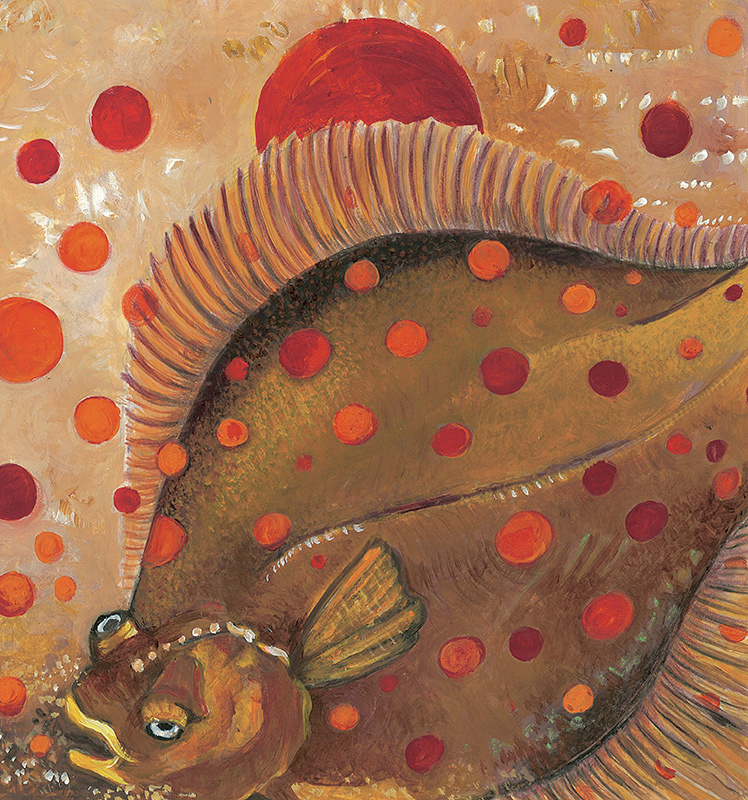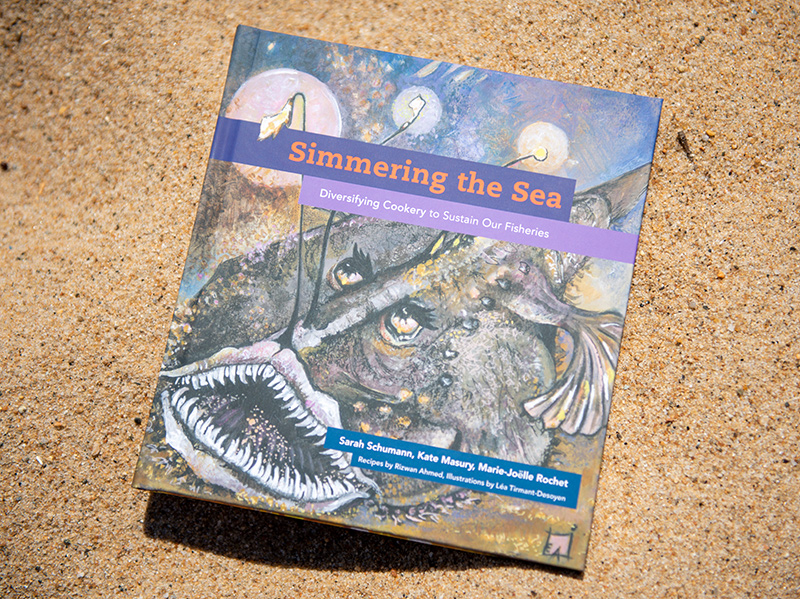On the Vineyard, we are surrounded on all sides by water teeming with a vibrant ecosystem of aquatic creatures — an ocean boiling with life.
And yet, the popular fish that end up on our plates aren’t always the ones that are in greatest abundance off our shores, according to a recent citizen science report conducted by the nonprofit “Eating with the Ecosystem.”
The “Eat Like a Fish” citizen science project is part of a collaboration between Eating with the Ecosystem and the University of Rhode Island, supported by the National Oceanic and Atmospheric Administration’s Saltonstall Kennedy Grant Program.
The purpose of the project is to encourage New Englanders to “eat like a fish.” I asked Kate Masury, program director at Eating with the Ecosystem, what that means.
“Eat the way fish do — be generalists, not specialists — don’t be picky!” Masury said. She explained that fish gobble up whatever other species are around them, and without really trying, eat seasonally and eat a wide variety.


Humans don’t often think of themselves as being part of a larger food web, Masury has argued, and therefore don’t think about the consequences of their consumer choice on the ecosystem. “If humans eat species that are more abundant, eat less of the ones that are less abundant, we take the pressure off the species that aren’t doing as well,” she said.
The group sought to determine whether the New England region is eating in proportion with what the ecosystem is producing. “Eat Like a Fish: Diversifying New England’s Seafood Marketplace” was their first attempt at “assessing the availability and diversity of seafood in the New England marketplace through citizen-scientist real-life experiences,” said Masury.
From May to October 2017, an army of 86 citizen scientists divided and conquered the Northeast coast — from the northernmost tip of Maine to the southernmost corner of Connecticut. They even made it out to Martha’s Vineyard and visited Edgartown Meat and Fish Market, Stop & Shop in Edgartown, and Edgartown Seafood. Every week, the volunteers visited seafood markets in various locations, and requested a certain selection of fish species for purchase. In total, the group visited 394 markets 2,946 times, found 52 different species, and cooked a total of 1,048 meals.
They found that fish such as dogfish and scup are bought at a lower frequency because consumers are either unfamiliar with their names or unsure how to prepare them. People tend to stick to their traditional favorites — lobster, scallops, and cod.
Ultimately, Masury said, the project created an artificial market boost. “Stores started ordering more fish because we had citizen-scientists asking for them,” she said.

To combat consumer aversion to lesser known fish, the researchers compiled “Simmering the Sea,” a cookbook of recipes for 40 underappreciated fish and shellfish. With help from co-authors Sarah Schumann and Marie-Joelle Rochet, anecdotes from the citizen-scientists were integrated into recipe instructions, to ease any hesitation home cooks might feel toward unfamiliar gills. Some of these include Razor Clam and Fava Bean Salad, Scup Crudo, Grilled Herring with Fennel, and Dogfish Goujons with Aioli.
Currently, Eating the Ecosystem is using this data to inform the next phases of their larger project. One of these is the establishment of an online “New England Seafoodies” Club through Facebook, Instagram, and Twitter. This club, said Masury, is a place where seafood lovers can learn more about the local catch, exchange recipes, and be armed with the right information in order to buy and prepare more uncommon fish species.
The next time you’re behind the glass at your local seafood counter, don’t just settle for the lobster or cod, ask the fishmonger for herring or a filet of John Dory.
















